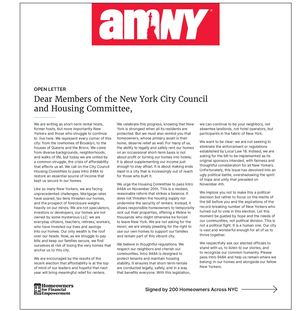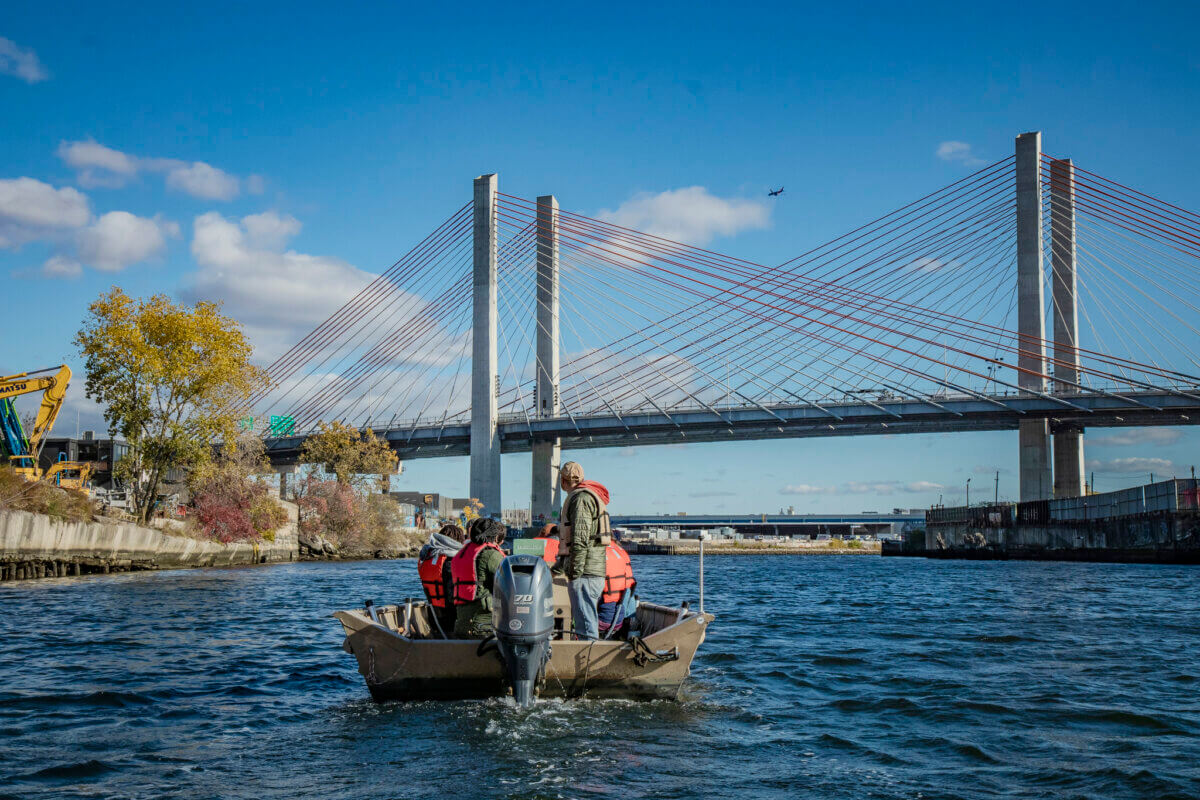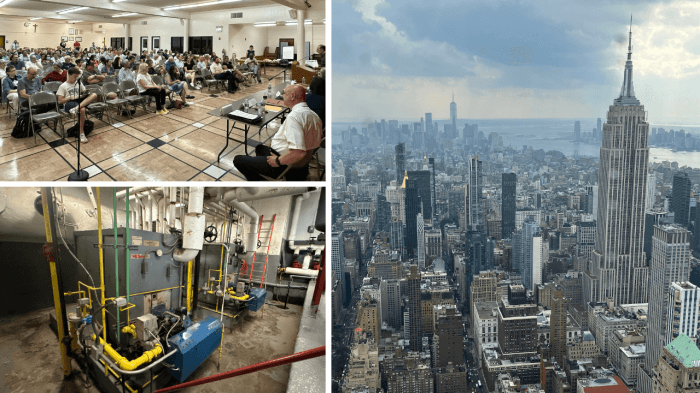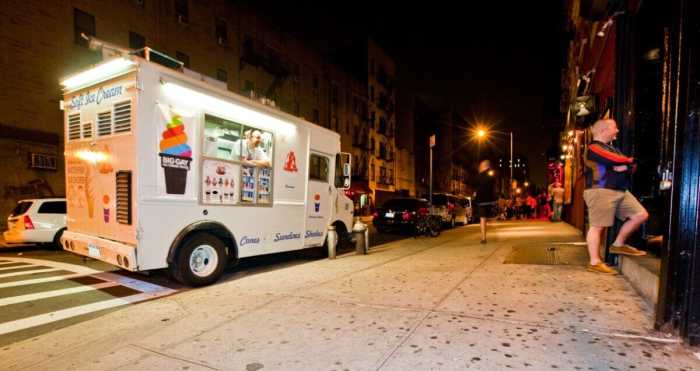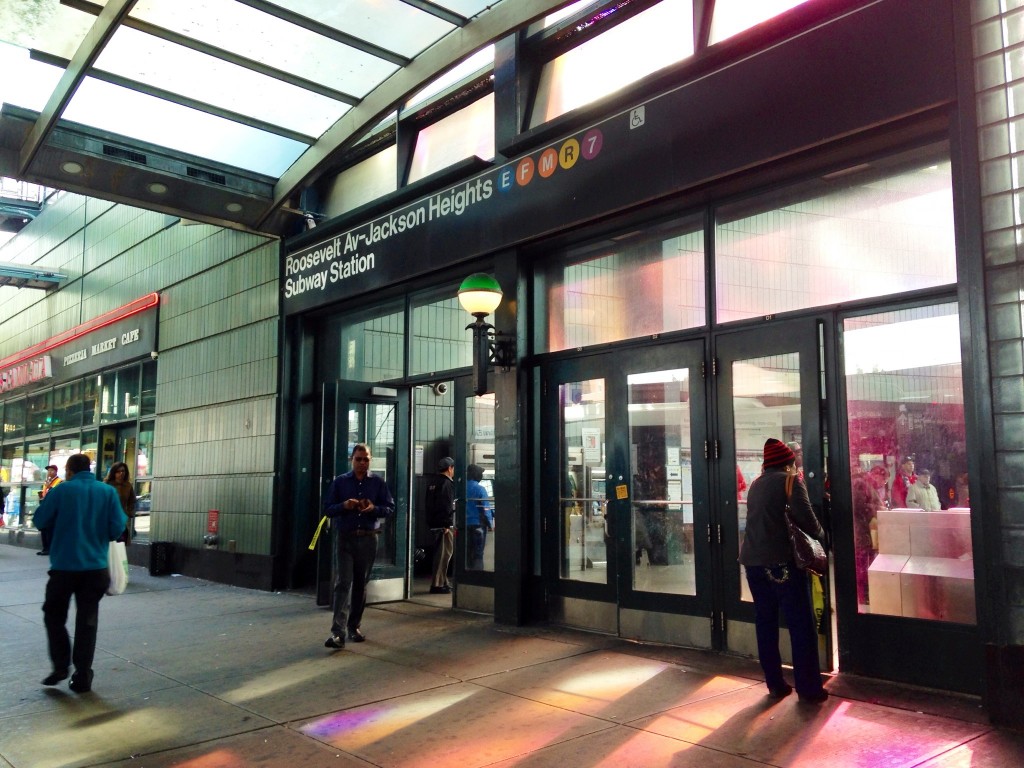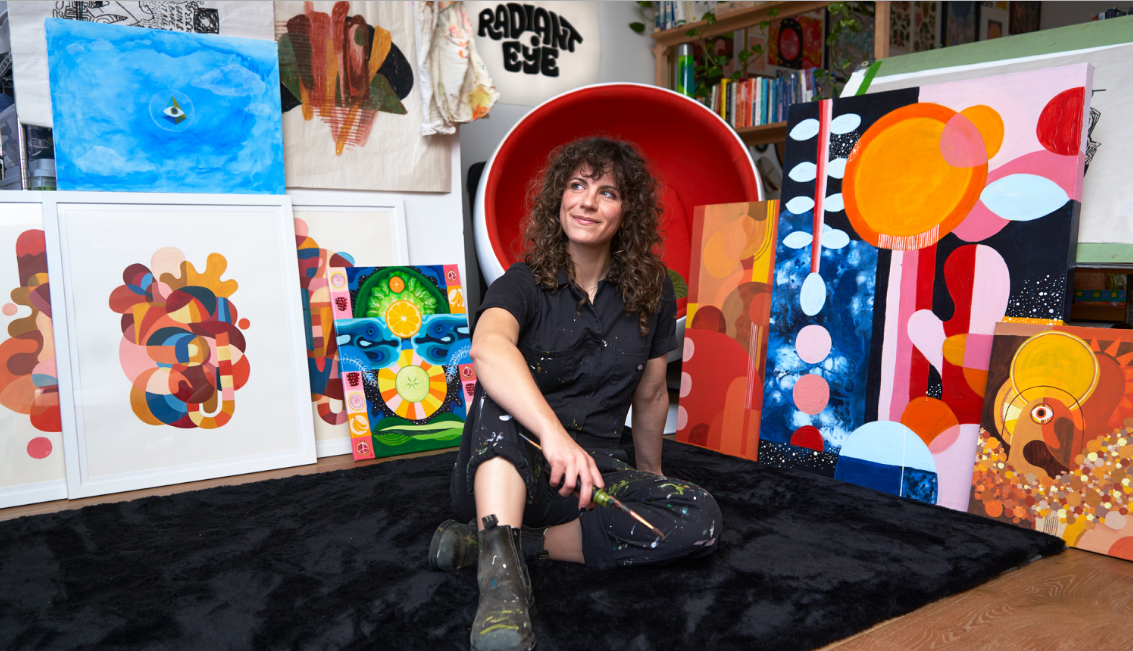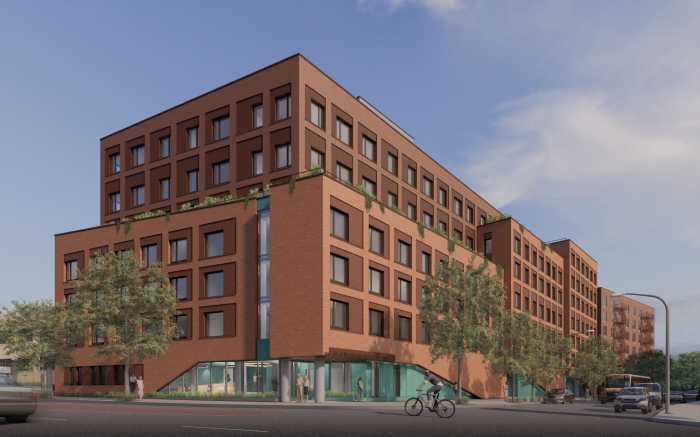New Yorkers of color and those with low incomes face greater exposure to harmful pollutants during their commutes on the subway than do their white and wealthier counterparts, according to a new study from researchers at New York University’s Tandon School of Engineering.
The underground subway system is a veritable cornucopia of harmful pollutants, including dangerous particulate matter (PM2.5) that is linked to all manner of health issues, like heart disease, lung cancer, and asthma.
The concentration of PM2.5 on underground subway platforms is up to 11 times higher than the World Health Organization’s standard for daily exposure, the report found, and about 10 times the levels seen at above-ground stations. It’s also about 40% higher than levels measured inside subway trains. Exposure to particulate matter is known to lead to certain respiratory and cardiovascular conditions, like asthma and heart disease.
“When I come out of, let’s say, Borough Hall [station], as soon as I come out, to be honest with you, I hold my breath until I come out,” said Masoud Ghandehari, a professor of civil and urban engineering at NYU and the lead author of the study. “Because I know the platform is the worst.”
Ghandehari noted that riders would be “highly advised” to wear an N95 mask on their commute to avoid inhaling pollutants — to say nothing about germs or diseases like COVID-19 — though he admitted he is “a little irresponsible from that point of view.”
The researchers also found that the longer your commute time, the more you are exposed to harmful pollutants — which also correlates to New York’s demographic and income makeup. Black and Latino New Yorkers tend to live further away from job centers, and make more subway transfers, than white and Asian residents; as such, they face exposure levels 35% and 23% higher, respectively, than their white or Asian counterparts.
The researchers conducted their experiments in December 2021 and June 2022, taking samples from 368 stations on 19 different lines. Researchers would get off the train at each station and wait for the next train to arrive, which Ghandehari said was the point when the highest measurements of PM2.5 were recorded.
“When the subway train comes by, the concentrations shoot up in the air,” Ghandehari noted. “And when the train leaves the concentrations slowly come down.”
Reached for comment, MTA Communications Director Tim Minton said the study had been “debunked” and that transit is the “antidote to climate change” in New York.
“This recycled ‘study’ based on years-old ‘data’ has long since been debunked,” said Minton. “Every serious person knows transit is the antidote to climate change, the one reason NYC is the greenest city around, and an engine of equity for people of all communities who need an affordable, safe way to get to jobs, schools and opportunities of every kind.”
In response, Ghandehari noted that the study was published in PLOS One, a prestigious scientific journal, and was subject to eight months of peer review by scientists around the world.
Previous studies out of NYU on the topic have found that the stations nearest to rivers tend to have the poorest air quality, as tunnels underwater can’t be ventilated like those underground.
Ghandehari said state and city officials should come up with a plan of action for cleaning out subway tunnels and platforms. But there’s also more research to do on the actual health effects of the particulate matter found in the subway.
Most research on PM2.5 has focused on carbon-based matter more common above-ground, which is a byproduct of fossil fuel combustion, and not the iron-based matter more common underground that comes from abrasion of brakes, rails, and wheels on subway trains, Ghandehari said. As such, more research is needed on the health effects of the particulate matter found on the subway.
“The type of particles that are from [the] combustion of fossil fuels have received a lot of studies, and you see a lot of attention, thousands of papers. You look at those for iron-rich, very few, because it’s not been on people’s radar. And I assure you that it will be now.”
Read More: https://www.amny.com/nyc-transit/
